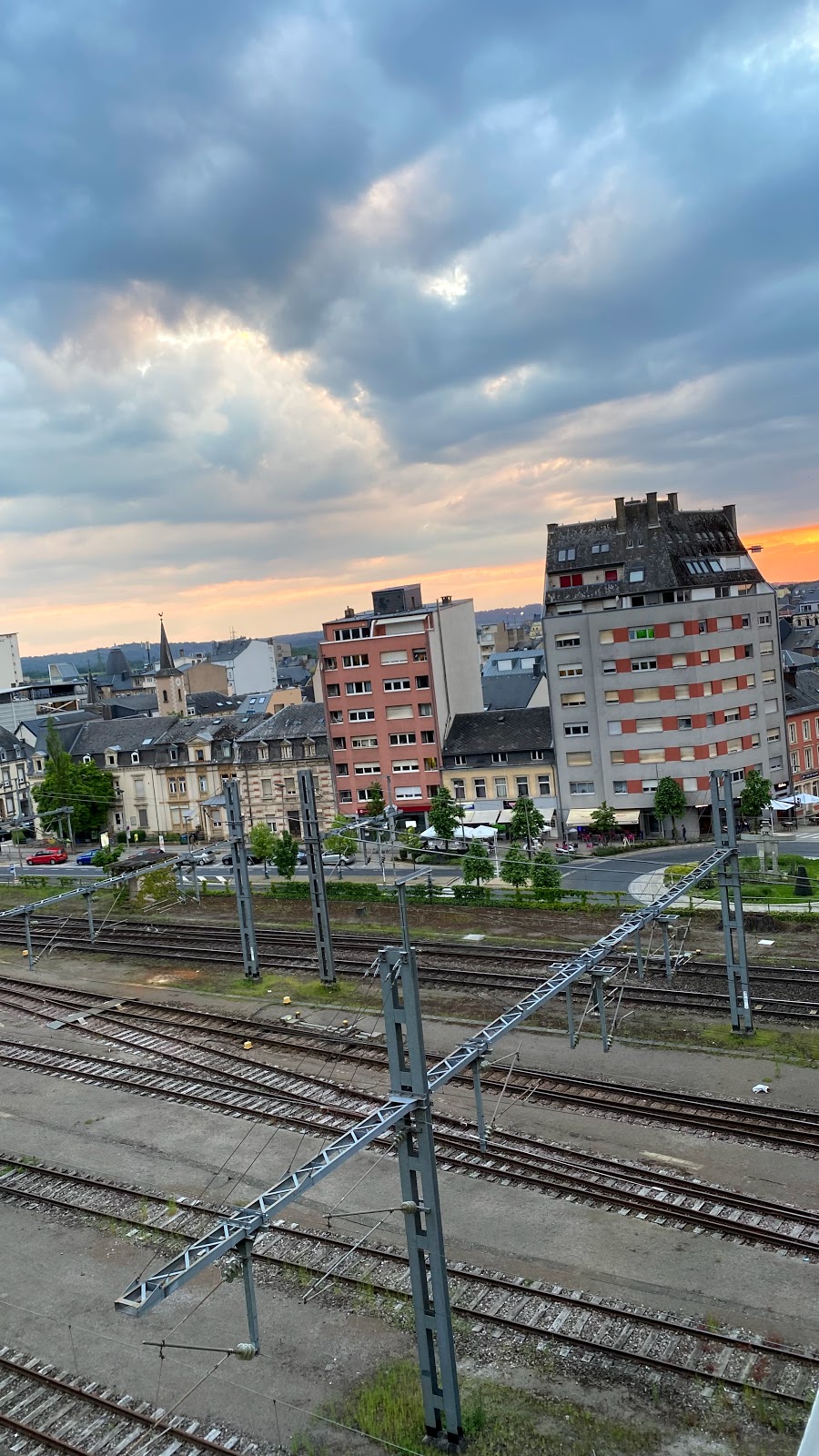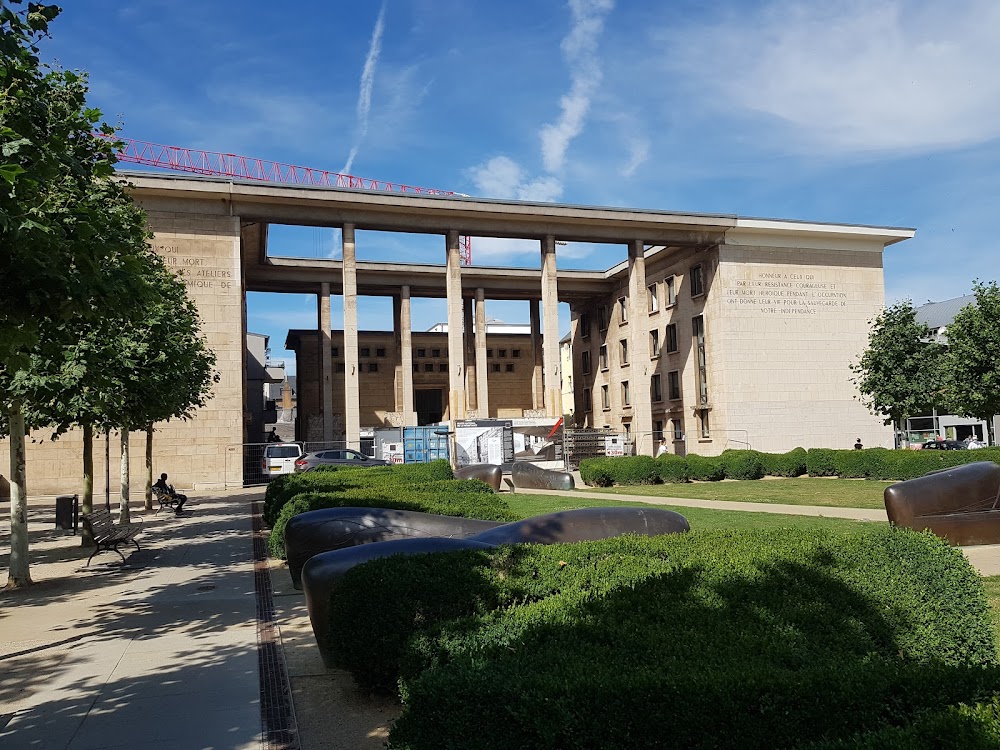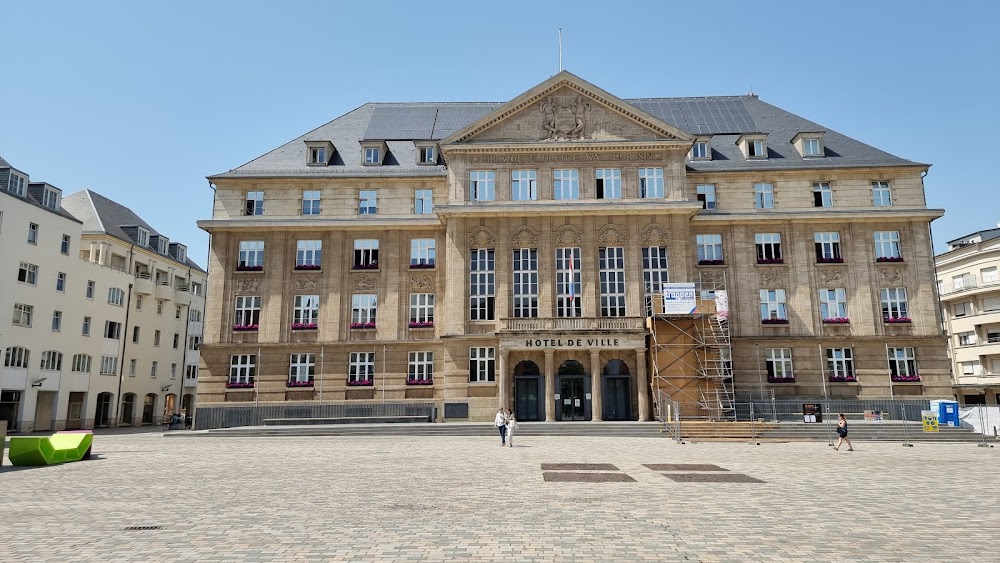Metzerlach Archaeological Site (Site Archéologique de Metzerlach)
Overview
Le Titelberg is an ancient Celtic oppidum, or fortified settlement, nestled in the Canton of Esch-sur-Alzette, Luxembourg. This remarkable archaeological site offers a captivating glimpse into the lives of the Treveri tribe, who inhabited the region over two millennia ago.
Historical Significance
The Treveri, a prominent Celtic tribe, established Le Titelberg around the late 2nd century BC. They strategically chose this elevated plateau for its defensive advantages and proximity to essential natural resources. Spanning approximately 50 hectares, Le Titelberg is recognized as one of the most significant Celtic settlements in the region.
Architectural Marvels
The construction of Le Titelberg reflects the Treveri's impressive engineering skills. They built formidable fortifications featuring a complex system of ditches and ramparts. The outer rampart was primarily constructed from earth and timber, reinforced by wooden palisades. These defensive structures not only safeguarded the inhabitants but also showcased the tribe's advanced architectural capabilities.
Life Within the Oppidum
Inside the oppidum, the Treveri established a vibrant settlement, complete with residential areas, workshops, and communal spaces. Archaeological excavations have uncovered remnants of substantial stone foundations, indicating the presence of robust buildings. The discovery of pottery kilns, metalworking furnaces, and various manufacturing facilities suggests that Le Titelberg served as a vital center for trade and industry.
Trade and Economy
Trade played a crucial role in the Treveri's prosperity, and Le Titelberg was uniquely positioned to facilitate commerce. The settlement was integrated into a network of trade routes connecting different regions of Europe. Goods such as iron, pottery, and even luxury items like Mediterranean wine flowed through the site, enhancing its wealth and influence.
Societal Structure
The societal structure of the Treveri was complex and hierarchical. Archaeological discoveries, including coin hoards and burial sites, offer insights into their social organization and rituals. The presence of Celtic coins indicates that Le Titelberg was also a significant center for minting currency, which played a vital role in their economy.
Roman Influence
About a century after its founding, Roman influence began to permeate the region. By the 1st century AD, evidence of Romanization was evident at Le Titelberg, with changes in architectural styles and an increase in Roman goods within the archaeological record. Ultimately, the Treveri were fully integrated into the Roman Empire, leading to Le Titelberg's decline as Roman urban centers like Trier rose in prominence.
Modern Excavations
Despite its decline, Le Titelberg remains an invaluable archaeological site. Modern excavations, which gained momentum in the 20th century, have unveiled extensive knowledge about the Treveri's life and times. Archaeologists utilize advanced techniques, including aerial photography, geophysical surveys, and meticulous excavation methods, to uncover and preserve the site's rich heritage.
A Journey Through Time
Visiting Le Titelberg today is a fascinating journey back in time. The well-preserved site features informative displays and interpretation centers that help visitors understand the daily life, craftsmanship, and trading prowess of the Treveri. Walkways guide guests through the remnants of ancient structures, allowing them to appreciate the scope and complexity of this once-thriving settlement.
A Testament to Resilience
Le Titelberg stands as a testament to the ingenuity and resilience of the Treveri tribe. It highlights the connections between ancient Celtic and Roman civilizations and underscores the continuous human presence in the region. As a cultural and historical landmark, Le Titelberg continues to captivate archaeologists, historians, and visitors alike, providing invaluable insights into Europe’s rich and varied past.









